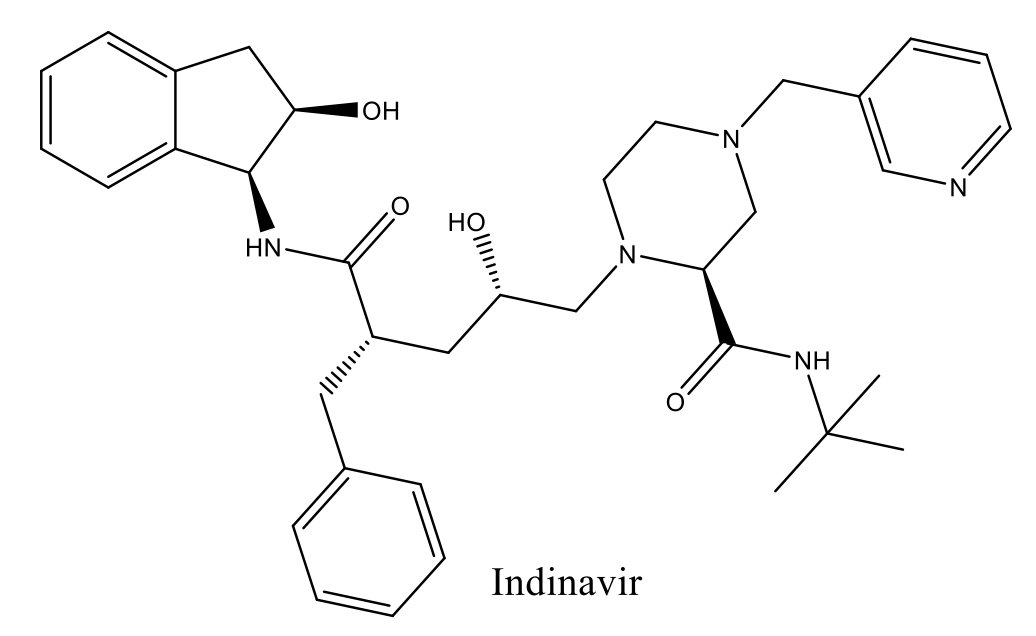- About
-
Solutions
-
Services
- Biosciences
- Chemistry
- Integrated Drug Discovery
- Computer Aided Drug Design
- Hit Identification
- Target Classes and Modalities
- Therapeutic Areas
-
A-Z
- A
- B
- C
- D
- E
- F
- G
- H
- I
- K
- L
- M
- N
- O
- P
- R
- S
- T
- V
- X
-
Services
- Library
- News & Events
- Careers
Structure Based Drug Design (SBDD)
Optimising the drug-target protein interaction
Structure-based drug design (SBDD) is the design and optimisation of a hit or lead compound using structural information obtained from either X-ray crystallography, cryo-EM or NMR.
In any drug research programme, optimisation involves the design of compounds with the right balance of potency, selectivity and ADME properties, but structural information about the protein-ligand interactions can significantly aid and speed up the process of identifying drug candidates. The field of SBDD has rapidly expanded over the past decade with a number of clinical candidates and drugs identified using this approach. Indinavir (L-735,524), a protease inhibitor for the treatment of HIV/AIDS, is one example of an early success story.1

Our computational and medicinal chemists routinely apply SBDD to guide the iterative design of compounds. They use structural information available in the literature or from high-resolution X-ray crystal structures generated by our structural biologists. The size, shape and charge of the prospective drug molecules are all taken into consideration in order to improve interactions with the target protein, and to find areas where molecular and physical properties can be modulated without detriment to the drug-protein interactions. The ADME profiles of hit/lead series are evaluated and in silico property profiling of suggested analogues is carried out prior to synthesis in order to ensure that optimal changes are made. Selectivity is also another important factor to consider in drug discovery projects and our computational chemists are able to overlay the structure of the target protein with those of related proteins in order to identify any differences that can enable the design of selective compounds.
Examples of projects where we have applied SBDD include: Der p 1: Protease inhibitors for the treatment of asthma, Tankyrase: Inhibitors for the treatment of solid tumours and TBK1/IKKε: Kinases inhibitors for the treatment of interferonopathies.
Reference
- L-735,524: The design of a potent and orally bioavailable HIV protease inhibitor. Bruce D. Dorsey, Rhonda B. Levin, Stacy L. McDaniel, Joseph P. Vacca, James P. Guare, Paul L. Darke, Joan A. Zugay, Emilio A. Emini, William A. Schleif, Julio C. Quintero, Jiunn H. Lin, I.-W. Chen, M. Katherine Holloway, Paula M.D. Fitzgerald, Melinda G. Axel, Drazen Ostovic, Paul S. Anderson, and Joel R. huff. J.Med.Chem., 1994, 37,21, 3443-3451
Case studies
Start your next project with Domainex
Contact one of our experts today